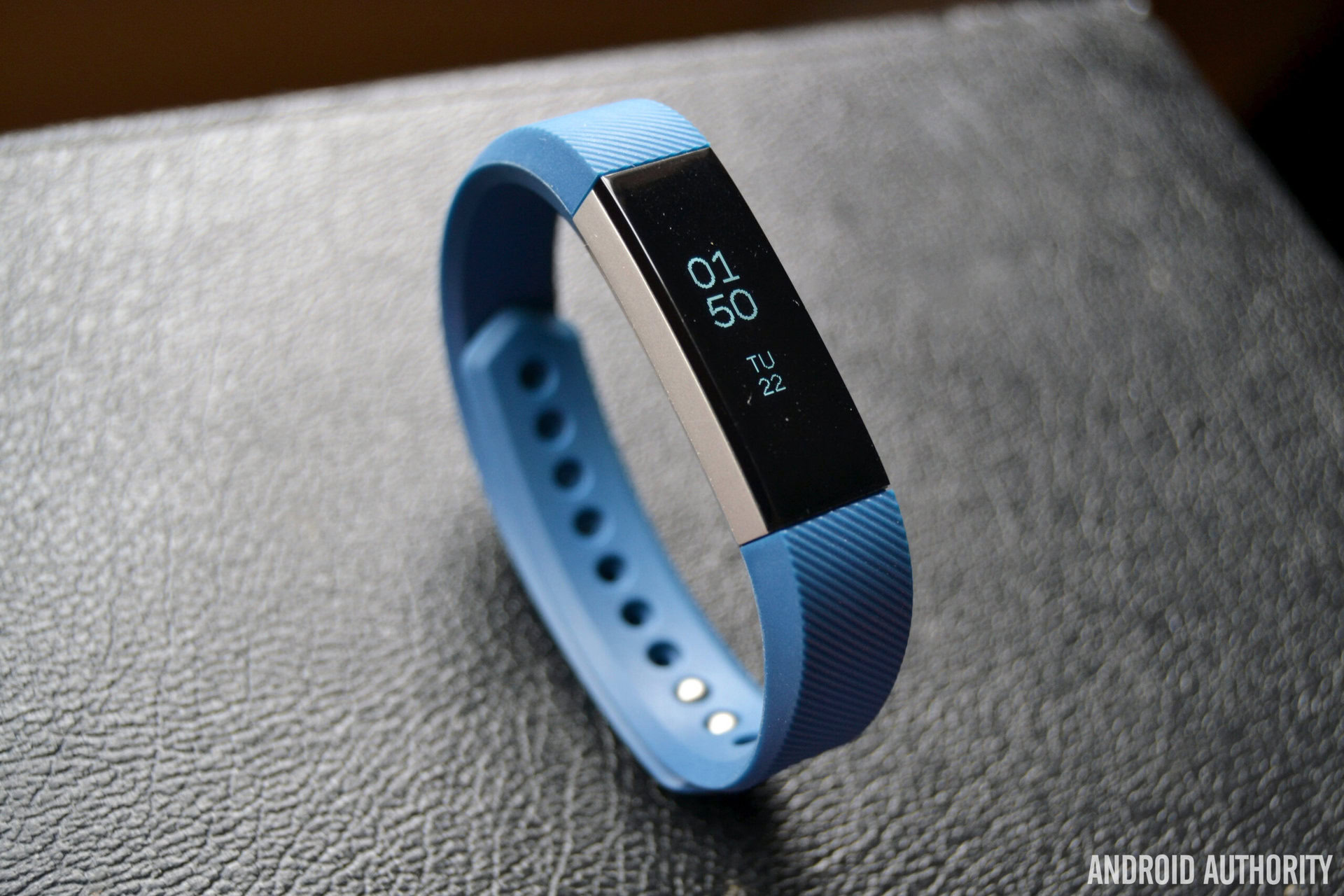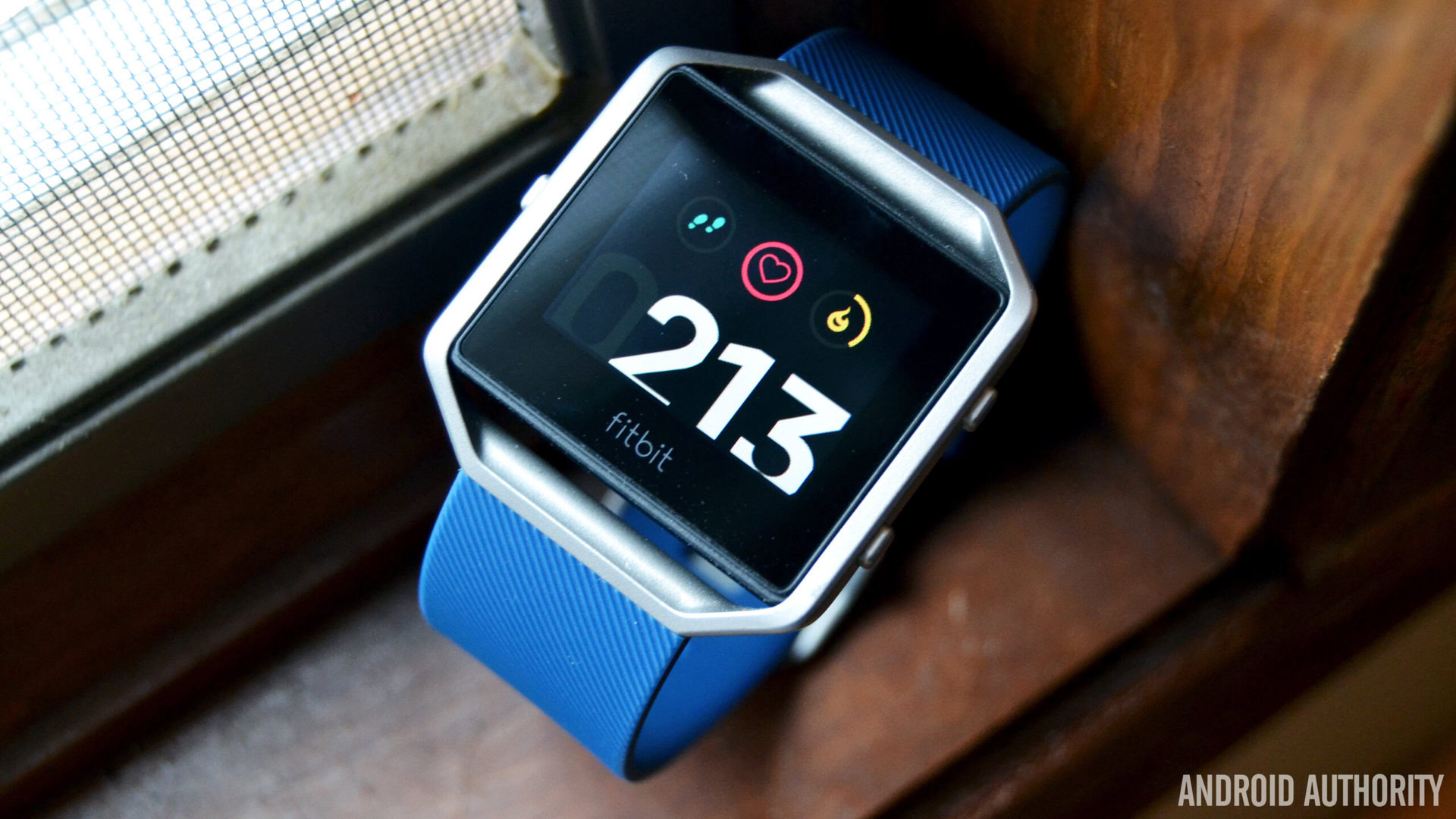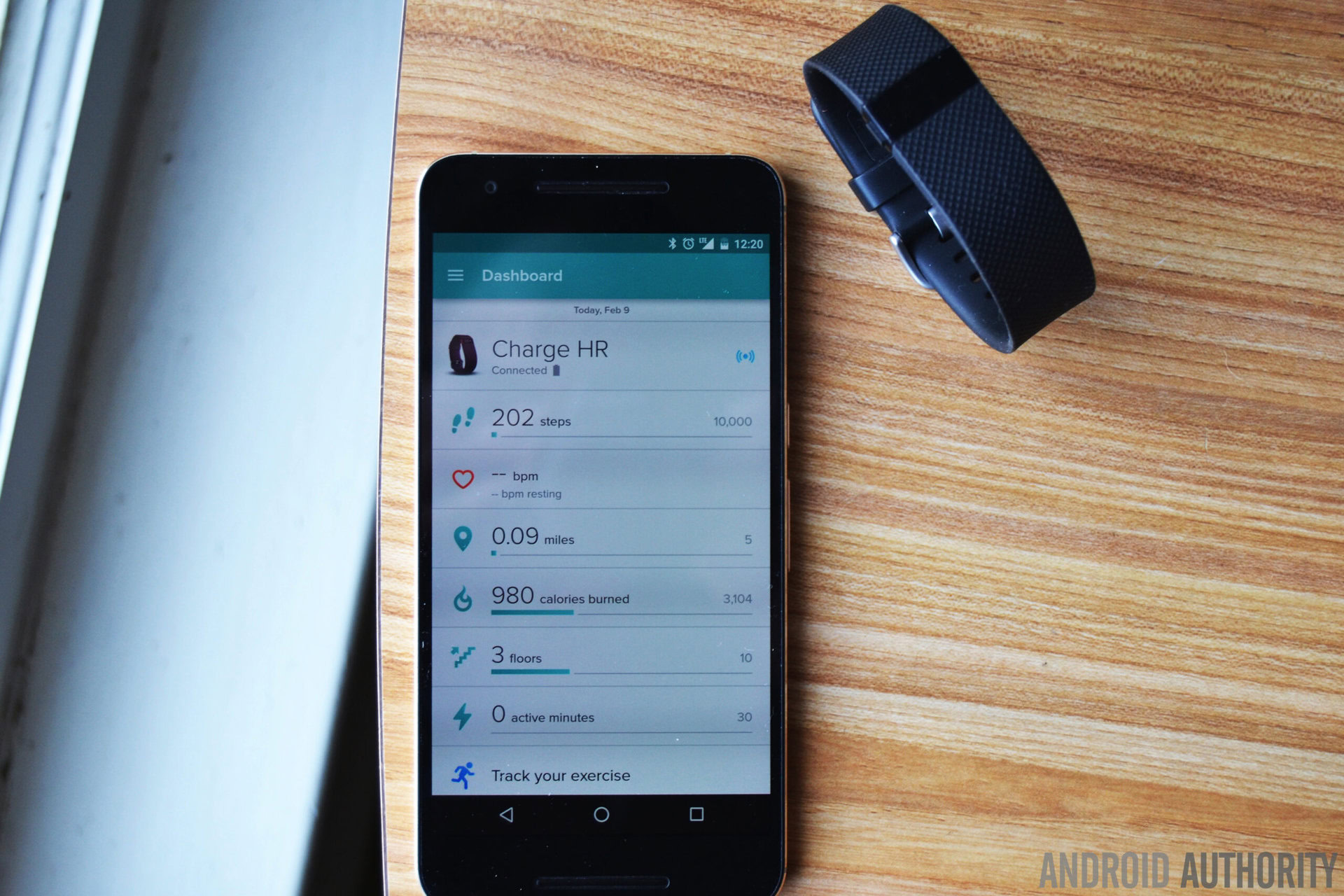Affiliate links on Android Authority may earn us a commission. Learn more.

Fitbit Alta review
Published onMarch 29, 2016
Fitbit Alta
What we like
What we don't like
Our scores
Fitbit Alta
Fitbit is a company that excels at fitness tracking features but falls short with design. It’s been that way for years now. The Charge HR and Surge aren’t the worst looking devices out there, but the company didn’t really start focusing on good design until this year with the launch of the Blaze and the Alta.
The Fitbit Alta in particular probably won’t pass as a piece of high-end jewelry, but it does look a little less like a standard Fitbit device. It’s sleeker, slimmer and all around better looking than its predecessors. It also comes with most of the features many folks are looking for in a fitness tracker.
Looks are just the half of it, though. How does it perform, and in what areas does it excel? That’s what we’re here to find out in our full Fitbit Alta review.
Design
One of the first things you’ll notice about the Alta is that it doesn’t look a whole lot like its predecessors. The Surge, Charge HR and Flex all featured a similar design language, but now it looks like Fitbit is moving away from that. The Alta is slim, measuring just 15.5mm wide, and it’s light enough that you’ll forget you’re wearing it most of the time. On the front it has a big scratch-resistant OLED display that’s much bigger than what you’d find on the Charge and Flex.
You won’t find any buttons on the Alta, and that’s because Fitbit decided to include a touch sensitive display this time around. It’s important to note that this isn’t a touch screen, it’s only touch sensitive. You can wake the Alta’s display by lifting your wrist or double-tapping the screen, and you can scroll through your daily stats by tapping on the bottom or the side of the display. This will allow you to see the time, your steps taken, distance traveled, calories burned and active minutes.
Unregistered taps get annoying very fast
I really value the larger screen size on the Alta, but I have had a few problems getting the device to recognize my taps. Sometimes tapping on the display doesn’t register, which gets annoying really fast. I almost would have preferred a single physical button on the side, similar to what’s offered on the Charge line. Fitbit likely removed the button for aesthetic appeal, but I just wish is was better implemented.
The display is encased in a stainless steel body that can be easily removed if you’d like to change out the straps. The retail version of the Alta comes with a silicone strap, but you can also buy leather and stainless steel bands from Fitbit for $59.95 and $99.95, respectively. Like I mentioned in our Fitbit Blaze review, I love the fact that there are other bands available for the Alta, but I think they’re just too expensive.

Since the Alta is so narrow, Fitbit has employed the same lock mechanism that’s found on the Flex. It sure looks nice, but most of the time I really struggle to put it on. To secure it to your wrist, you need to fit two pegs into two holes, all while balancing the Alta on your wrist to fit it to the right size. The pegs are pretty difficult to secure into the holes, and there have been times I’ve actually given up on wearing it for a few hours because I couldn’t get it on right away.
Once you successfully put it on, though, the Alta is very comfortable. The silicone strap feels very premium and doesn’t attract a lot of dust or hair.
Features and performance
The Fitbit Alta has all the basics covered. It can track your daily activity, your sleep, and your exercise sessions. It doesn’t have a GPS or heart rate monitor on board, but it does come with a few extra features that will make this device a little more attractive than its predecessors.
For starters, to help take advantage of that big display, the Alta can give you text, call and calendar notifications. They all work pretty well for the most part, though I have noticed text messages get cut off after only a few words. Other than that small caveat, the Alta does a great job at notifying you when your phone goes off. And unlike with the Blaze, I have not experienced any connectivity issues whatsoever.
Fitbit has also included move reminders on the Alta. It will notify you every hour if you haven’t reached your hourly goal of 250 steps. You can adjust the time these notifications are turned on, and you can even turn them off for specific days of the week. This is by far one of my favorite parts about the device. It really motivated me to get up and move, even more so than my daily step goal.
Like I mentioned earlier, the Alta can track your steps taken, distance traveled, calories burned and active minutes. It’s very accurate, which isn’t surprising — step tracking and other basic fitness tracking functions are all areas in which Fitbit excels, and the Alta is just as good as any other Fitbit device out there. As is the case with my other reviews, I walked 500 steps down the road with the Alta and counted each one along the way. The device started at 5,478 steps and ended with 5,969, which meant it was just 9 steps off from being spot on. Not bad at all!
I also tested step tracking on the Alta against the Jawbone UP3, Charge HR, Blaze, and the Garmin vivosmart HR. For the most part, the device seems to be in line with its competitors.

Workouts are recorded automatically
Since the Alta doesn’t come with any buttons, you won’t be able to set a workout timer or manually start an exercise. It uses Fitbit’s SmartTrack feature that will recognize different exercises and automatically record them in the smartphone companion app. All in all, I really enjoy this feature. It’s worked quite well for me over the past few weeks, and I haven’t had any problems with it recording the wrong exercises. It’ll also recognize when you go to sleep and record your data in the app when you wake up. Even though it doesn’t give you a ton of granular details on sleep stats, the information it does show should be more than enough for the average user.
It doesn’t have a heart rate monitor or GPS, which isn’t all too surprising considering how Fitbit is marketing the device. It’s meant for the average user that doesn’t need all that “extra” stuff. It can do the basics, and it can do them well.
One other notable omission from the Alta is proper waterproofing, and unfortunately this is par for the course with Fitbit devices. Most folks who use fitness trackers regularly (including myself) would love to see a Fitbit that’s completely waterproof, not just “sweat, rain and splash proof.” I’m really hoping Fitbit stops shrugging off this feature and includes it in its next round of wearables.
The charger is really awkward to use, but luckily you won't have to use it that often
Fitbit says the Alta can last up to 5 days on a single charge, and I can back up that claim. I was able to get the Alta to last 5-6 days on a single charge, even with exercising every day. It’s a really good thing you won’t need to charge the Alta any more than that, because the included charger is pretty bad. It feels cheap and it’s pretty short. It’s also awkward to use — you need to line up the charging pins with the contacts on the bottom of the Alta, then clamp it on to the device. It’d be much easier to charge it with a Micro USB cable, but unfortunately that’s not an option.
For the full list of specs, take a look at the table below:
| Fitbit Alta | |
|---|---|
Display | OLED tap display |
Heart rate monitor | No |
Sleep tracking | Yes |
Water resistance | Sweat, rain and splash proof, but not swim proof |
GPS | No |
Battery life | Up to 5 days |
Sensors and components | 3-axis accelerometer Vibration motor |
Compatibility | Android, iOS, Windows |
Colors | Black, Blue, Plum, Teal |
Dimensions | Small: 139.7 - 170.2mm (15.5mm wide) Large: 170.2 - 205.7mm (15.5mm wide) XL: 205.7 - 236.2mm (15.5mm wide) |
Software
I’ve said this time and time again, I’m a huge fan of Fitbit’s smartphone companion app. It puts all the information you need right on the home page, and it’s incredibly easy to adjust settings if you need to. The main screen, or Dashboard, is where you’ll see your device, steps, distance, calories, active minutes, sleep stats and more. You can tap on a statistic to get more detailed information about your progress for that day, or to view your stats for the past week, month or year.
Tapping on the device name will bring you to the settings menu, where you can change notification settings, create move reminders, adjust your clock display and a few other things. There’s also a slide out menu to the left that gives you quick access to your daily challenges, friends and account settings. The built-in social features are really nice, as they allow you to connect with other Fitbit users and see how they’re doing.
You can even share data from the Fitbit app with a number of other services. Whether you’re using Lose It!, RunKeeper or MyFitnessPal, you’ll be able to share your data between applications.
Gallery
Should you buy it?
The Fitbit Alta costs just $129 on Amazon, which is about the same price as other fitness trackers with the same feature set.
If you’re in the market for an affordable, attractive fitness tracker that can handle the basics with little to no problems at all, you should buy the Fitbit Alta. Considering the company has been focusing mostly on features for the past few years, this is definitely a breath of fresh air in terms of aesthetics. It’s not the most powerful fitness tracker out there, but it doesn’t need to be. It’s comfortable, easy to use, inexpensive, and looks good while doing it.